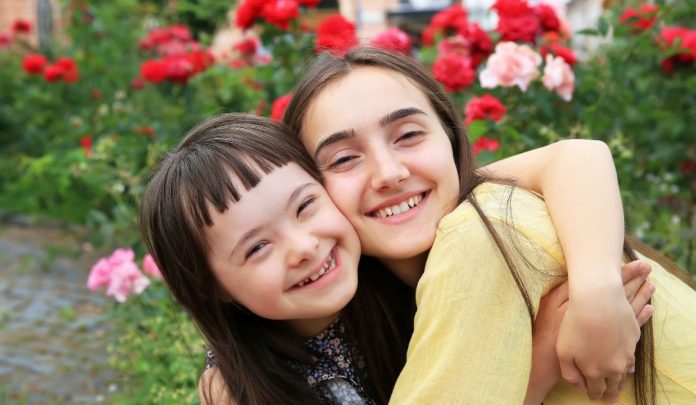With school being back in session in a few weeks for many kids, it’s important to teach kids (and adults) how to handle and appreciate diversity, past the obvious differences in cultures, religions, social backgrounds, and races. But what about a disability and an obvious difference in appearance due to a medical condition or children with special needs at school?
Being a Life Coach and having a son who is special needs, I wish people were more mindful of these special differences and knew a better way to handle and approach these kids. The way we handle these kids has a huge impact on the way they view themselves.
No child likes to feel different, and as they get older, they are more and more aware of their differences.
It’s our job as a society to give these special kids a chance to be able to fit in. Nobody likes to be excluded. Also, awareness is important. Having an open dialogue with your children can really help normalize children that have disabilities and medical conditions in school.
Let’s start the new school year by accepting one another and focusing on helping one another with differences.
Here are some ideas that will help give you and your child the tools to embrace children with special needs at school:
• It’s important to teach our children to appreciate diversity in all shapes and forms. Planting these kind and compassionate seeds at a young age can also increase empathy and respect among peers at school.
• Let’s recognize and appreciate the differences in children with special needs at school rather than categorizing them as something “not normal” or “weird.”
• We can show our kids that differences can also be beautiful and not necessarily bad. One way to do that is by focusing on their positive characteristics: “Amir gives such warm hugs.” “Sasha has the kindest heart.”
• Let’s approach kids with a trach (short for tracheostomy tube), wheelchair, eye patch, feeding tube, oxygen tank, speech impairment, or other physical difference with a smile and encouragement, instead of a stare.
• Focus on common interests. This can really be helpful. If your child has a classmate who is in a wheelchair but loves Roblox, lead with that and have your child focus on what they have in common, instead of the differences.
• Have a conversation with your child. If they happen to mention a classmate that has a disability or a medical condition, see what they have to say. Answer any questions (if you can) and give them the tools to be helpful and kind to these children.
For more advice on how to talk to your children about what it means to be a child with special needs at school, check out this article on the topic, which also includes resources for both you and your child on learning more about disabilities. Also, check out this post about being a special needs mom and this post about how to be a good friend to someone with a special needs child.














